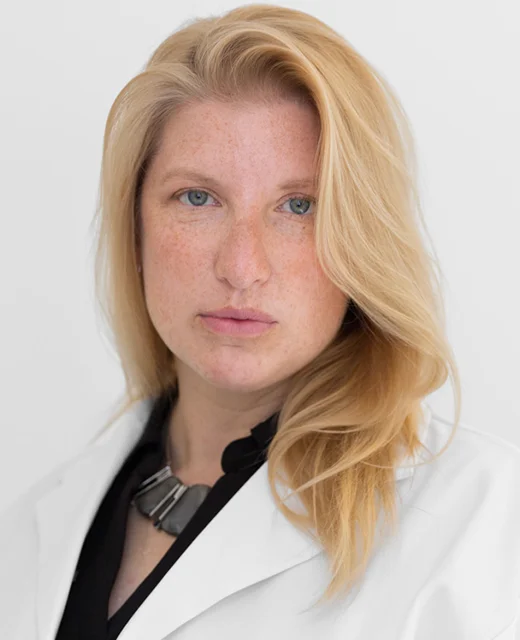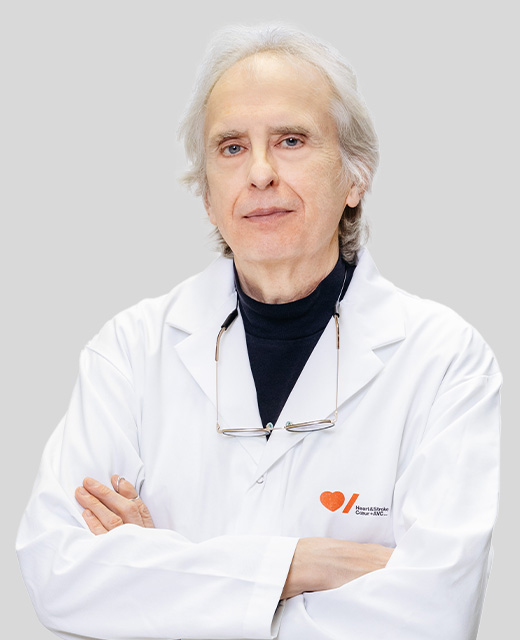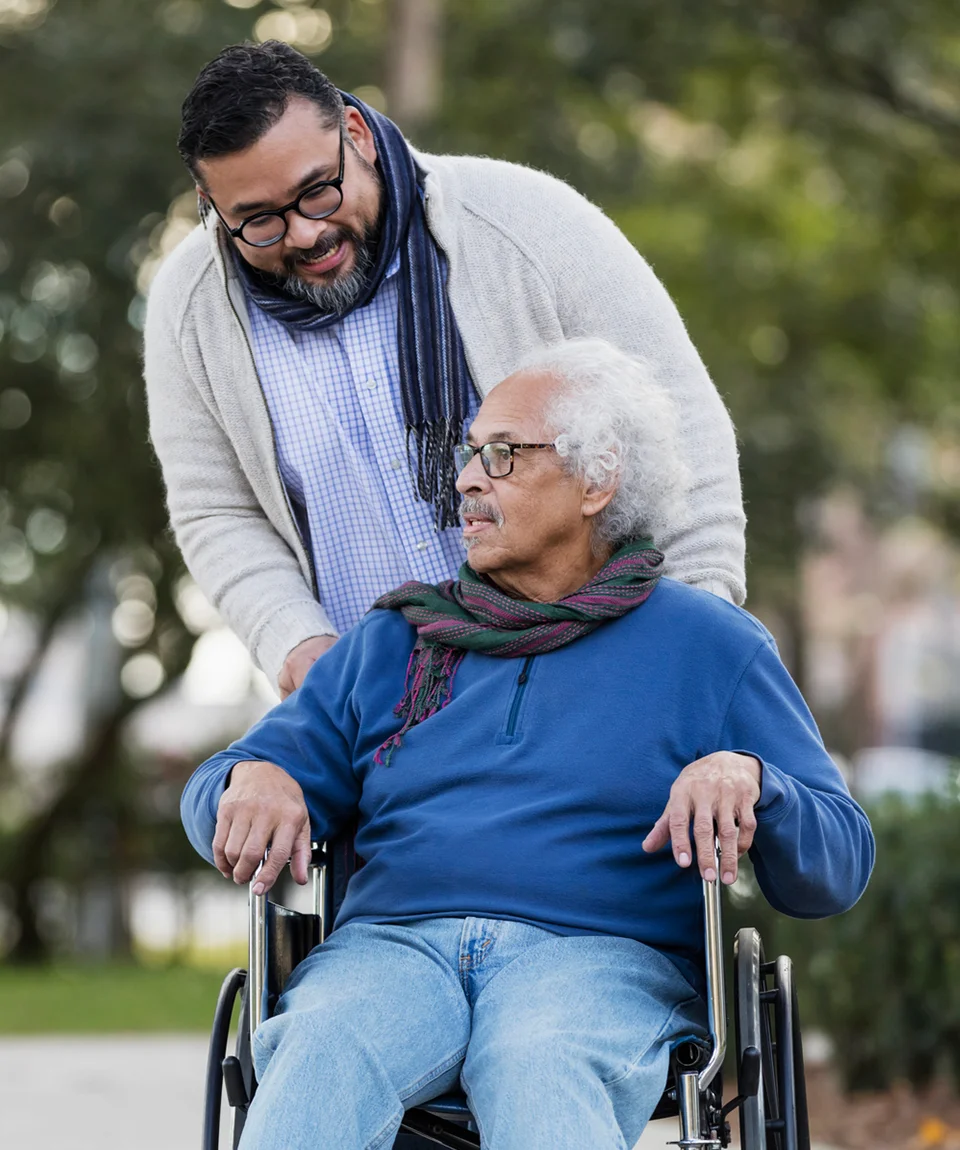What is arrhythmia?
Usually, a heart beats between 60 and 100 times per minute, but everyone has their own normal heartbeat rhythm. Some hearts beat faster or more slowly than others. When you are diagnosed with arrhythmia, it is an abnormal heart rhythm for you, but not necessarily for someone else.
The pumping action of your heart is triggered by electrical impulses that begin in your heart's natural pacemaker, called the sinus node (also called sinoatrial or SA node). Learn how a healthy heart works.
Arrhythmia may cause your heart to beat too slowly (bradycardia, less than 60 beats per minute) or too quickly (tachycardia, more than 100 beats per minute), or cause uncoordinated contractions (fibrillation).


Types of arrhythmia
Arrhythmias are defined by the speed of the heartbeats: slow and fast. They include bradycardia and tachycardia, with a variety of conditions under those two categories.
1. Slow heartbeat - bradycardia
Bradycardia occurs when your heart beats so slowly that it cannot pump enough blood for your body's needs. Untreated bradycardia can cause excessive tiredness, dizziness, light-headedness or fainting. An electronic pacemaker can help the heart to beat normally.
Bradycardia can be caused by:
- Sick sinus syndrome
This is a malfunction in the heart's natural pacemaker (the sinus node), which makes it fire too slowly. This condition may be caused by growing older or by disease. Some medications can also cause or aggravate a slow heartbeat. The resulting arrhythmia may be temporary or permanent. It can be treated with medication or with an electronic pacemaker. - Heart block
This is the slowing down or interruption of the electrical signal to the lower chambers of the heart which cause the heart muscle to contract. The heart's electrical system normally sends signals from the upper chambers of the heart (atria) to the lower chambers (ventricles) in a pattern that causes a heartbeat, a coordinated contraction of the heart muscle.
2. Rapid heartbeat - tachycardia
Tachycardia occurs when your heart beats too fast. There are two main types: Tachycardia above a ventricle and Tachycardia in a ventricle.
- Tachycardia above a ventricle (supraventricular)
These are rapid heartbeats in the atria (the top chambers of your heart) or in the AV (atrioventricular) node – the electrical connection between the atria and the ventricles (the lower chambers of your heart). - Atrial flutter
In atrial flutter, an extra or early electrical impulse travels around and around the atria in a circular path rather than down along its normal path. This electrical signal causes the atria to "flutter," contracting at a much higher rate than normal. Atrial flutter is usually not life threatening, but can cause chest pain, faintness or other more serious problems. - Atrial fibrillation (Afib)
This common form of tachycardia occurs when the electrical activity in the atria is disorganized and very rapid. The pattern of electrical activity stimulates the atria randomly and at a high speed, which causes a series of very rapid contractions of the heart's upper chambers, preventing them from pumping effectively. Though not usually life-threatening, the rapid, irregular and uncoordinated beating of the ventricles may cause light-headedness or palpitations. If it goes on for several days or longer, it may increase your risk of stroke, because blood trapped in the atria can clot and travel from your heart to your brain, causing a stroke. - Paroxysmal supraventricular tachycardia (PSVT)
This type of tachycardia produces heart rates between 140 and 250 beats per minute. PSVT usually occurs in people who are born with an extra electrical circuit or pathway between the atria and the ventricles. PSVT often starts when you are young, but it may also start later in life. It may be distressing, but it is rarely life-threatening. - Wolff-Parkinson-White (WPW) Syndrome
If you have WPW syndrome, an extra, abnormal electrical pathway in your heart leads to tachycardia. The abnormality is present at birth (congenital), but WPW is usually diagnosed in adolescence or early adulthood. Most people with WPW syndrome lead normal lives. Many have no symptoms and have no episodes of tachycardia. Some people experience rapid heartbeats (paroxysmal supraventricular tachycardia), with heart rates rising up to 240 beats per minute. Other symptoms include palpitations, shortness of breath, fainting and possibly angina.
Tachycardia in a ventricle
- Ventricular tachycardia
Ventricular tachycardia occurs when the ventricles (the lower chambers of the heart) beat too fast. The ventricles are responsible for pumping blood to the rest of the body. If tachycardia becomes so severe that the ventricles can't pump effectively, it may be life threatening. Ventricular tachycardia can be treated with medications. Other treatments include an implantable defibrillator, catheter ablation, non-surgical procedures to destroy malfunctioning cells, or surgery to remove damaged heart tissue.
- Ventricular fibrillation
Incorrectly timed electrical signals or signals that do not follow normal pathways, may set off ventricular fibrillation. Like atrial fibrillation, the electrical signal that normally triggers a heartbeat splits and goes off on random paths around the ventricles instead of following its normal route. This causes a series of rapid – but ineffective – contractions of the ventricles. Without treatment, ventricular fibrillation may be fatal. Treatment is an electric shock to the heart, using a machine called a defibrillator. The shock resets the heart and returns it to its normal rhythm.
- Postural orthostatic tachycardia syndrome (POTS)
POTS makes it difficult to adjust to a standing position from a lying down position. People with POTS experience a rapid heartbeat that can increase up to 120 beats per minute within 10 minutes of standing. Other common symptoms include headaches, light-headedness, inability to exercise, extreme fatigue, sweating, nausea, chest discomfort, brain fog (mental clouding) and near fainting (syncope).
POTS commonly appears between the ages of 12 and 50 and typically affects more females than males. To diagnose POTS, your doctor will measure your blood pressure and heart rate while you’re lying down and standing up. Measurements are taken immediately after changing positions, as well as at 2, 5 and 10 minute intervals after standing up. POTS is frequently misdiagnosed as panic attacks or chronic anxiety. Sometimes a test called a head upright tilt table exam will be performed to help confirm the diagnosis.
Although POTS can be a severely debilitating disorder, many patients will slowly improve over time and the majority will respond to treatment.
Causes
Electrical system malfunctions that lead to a heart rhythm disorder can be caused by many things. The list includes:
- damage to the heart from a heart attack
- high blood pressure
- heart valve disease
- congenital heart disease
- cardiomyopathy
- inherited rhythm disorders
- diabetes
- thyroid problems
- alcohol
- caffeine
- smoking
- drugs and supplements
- stress
- sleep apnea
Symptoms
There are many types of arrhythmias, some have no symptoms or warning signs, some are not very serious and others may be life-threatening.
Symptoms vary from person to person depending on how healthy your heart is and the type of arrhythmia you have, how severe it is, how often it happens and how long it lasts. Some arrhythmias do not have any warning signs.
Arrhythmias may decrease the blood flow in your brain and body causing heart palpitation, dizziness, fainting or even death. If you have bradycardia, you may feel tired, short of breath, dizzy or faint. If you have tachycardia, your heartbeat might feel like a strong pulse in your neck or a fluttering, racing beat in your chest. You may also feel discomfort in your chest, weakness, shortness of breath, faint, sweaty or dizzy. If you have any of these symptoms, see your doctor immediately.
Diagnosis
Your healthcare provider will review your medical history and give you a complete physical exam. They may also run tests:


Treatment
Arrhythmias may be treated with lifestyle changes, medications, surgery or other non-surgical techniques. Treatment depends upon the type of arrhythmia and how often you have episodes of arrhythmia.
Medications
Your doctor may prescribe medications to stabilize your heart rhythm:
Blood thinners may be prescribed to prevent blood clots.
Surgery and other procedures
Sometimes medications and lifestyle changes may not work for you and surgery is needed. These techniques could include:
Lifestyle
Most people with an arrhythmia can lead normal, active lives. Sometimes, lifestyle changes such as avoiding stress, and cutting out alcohol and caffeine (coffee, tea, soft drinks, chocolate, and some over-the-counter pain medicines) may be helpful. There are many other important lifestyle changes you can make that can improve your condition including eating a healthy diet and becoming more physically active. Talk to your doctor about the most beneficial lifestyle changes for you.
